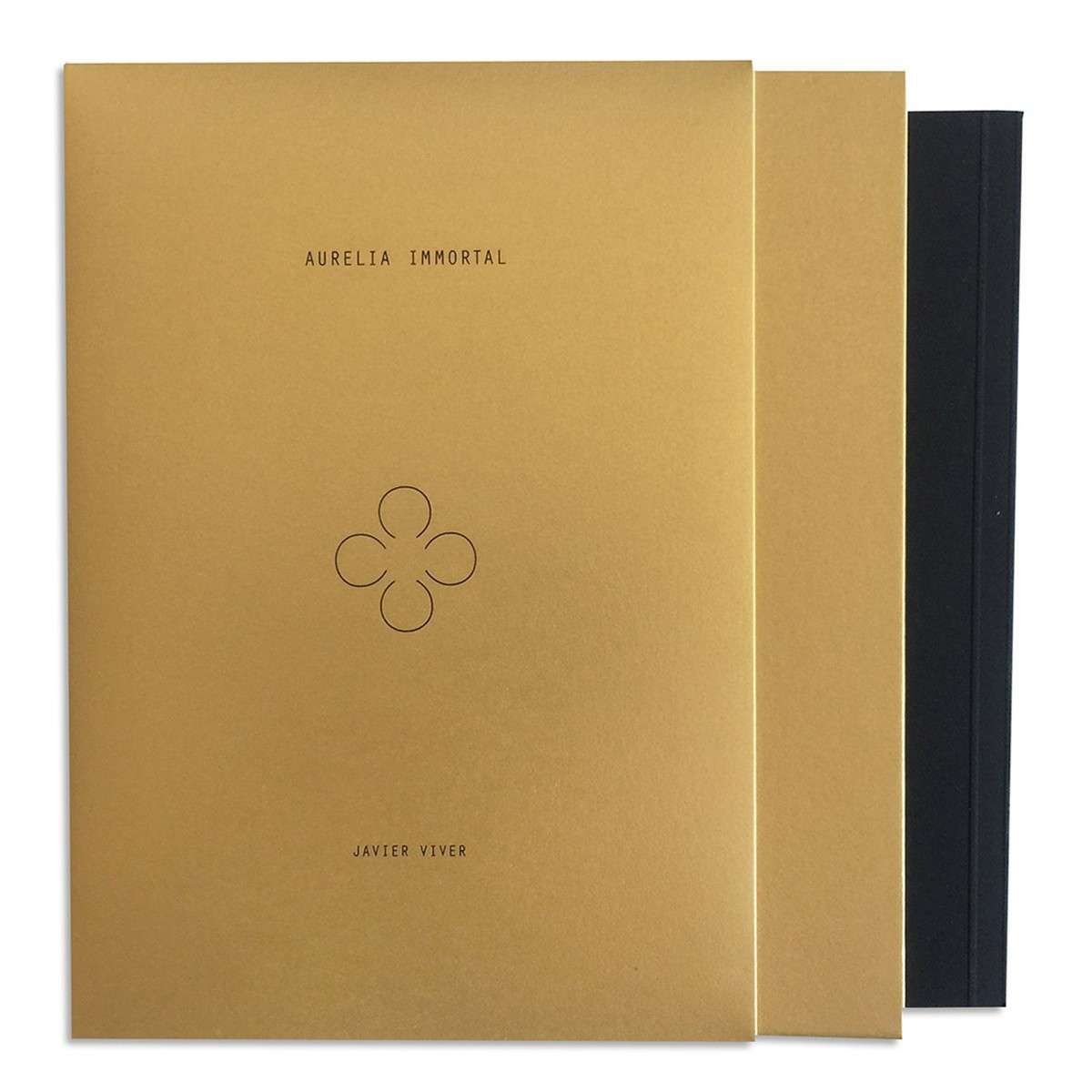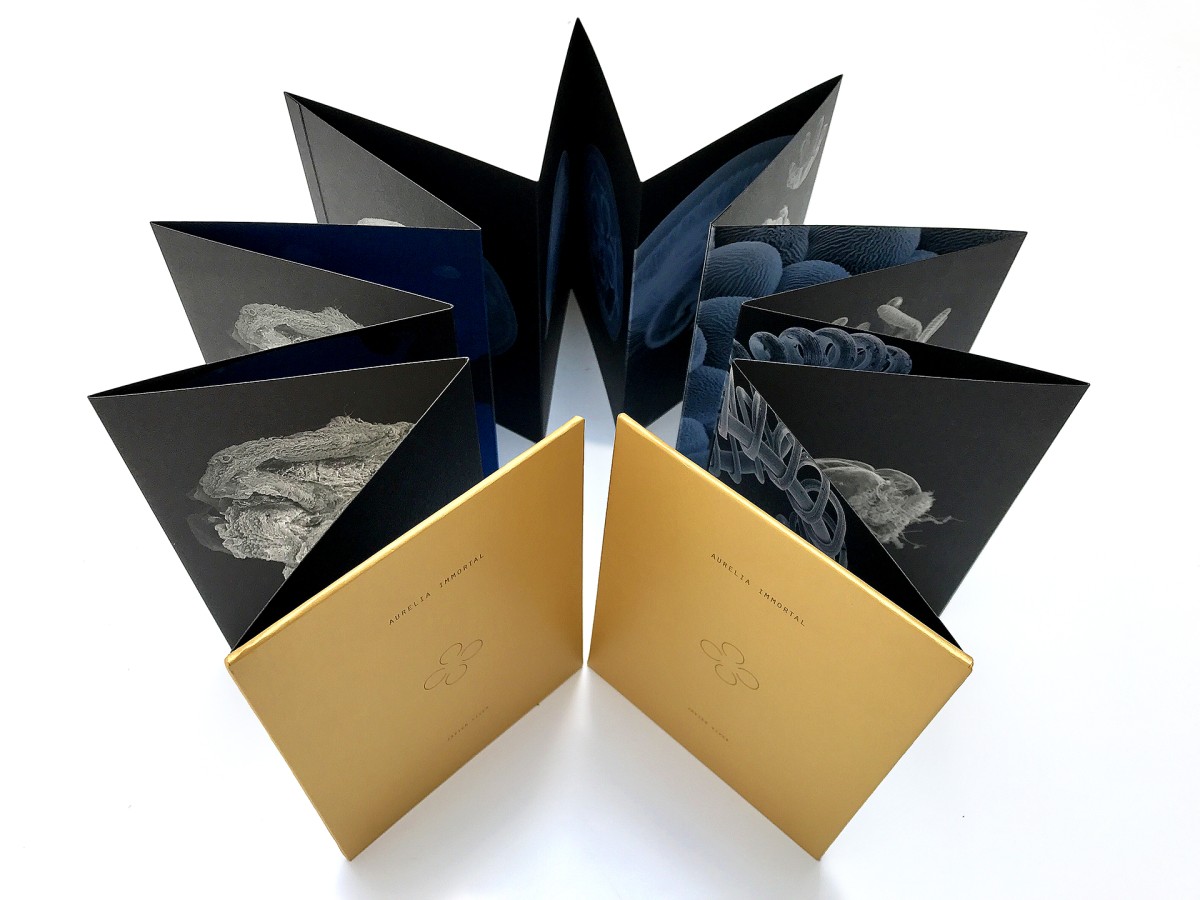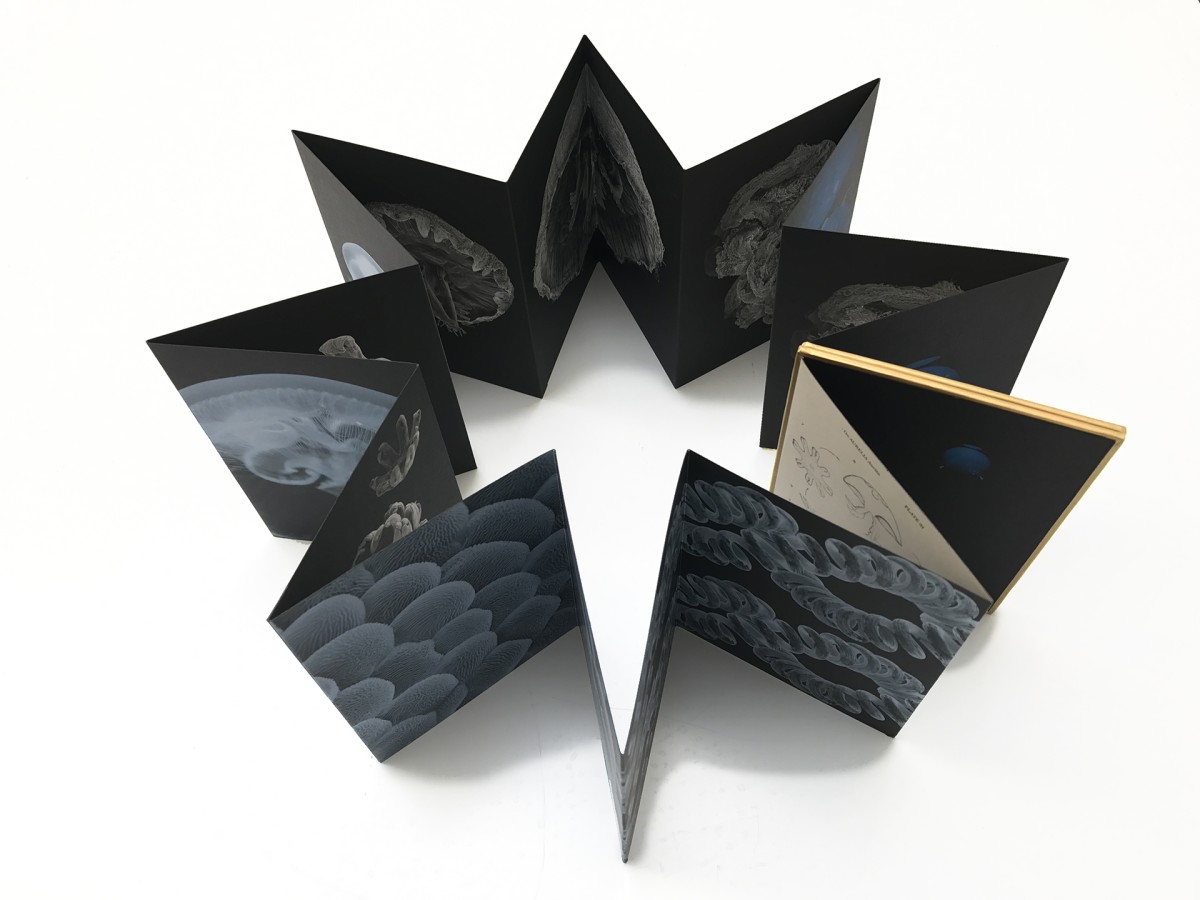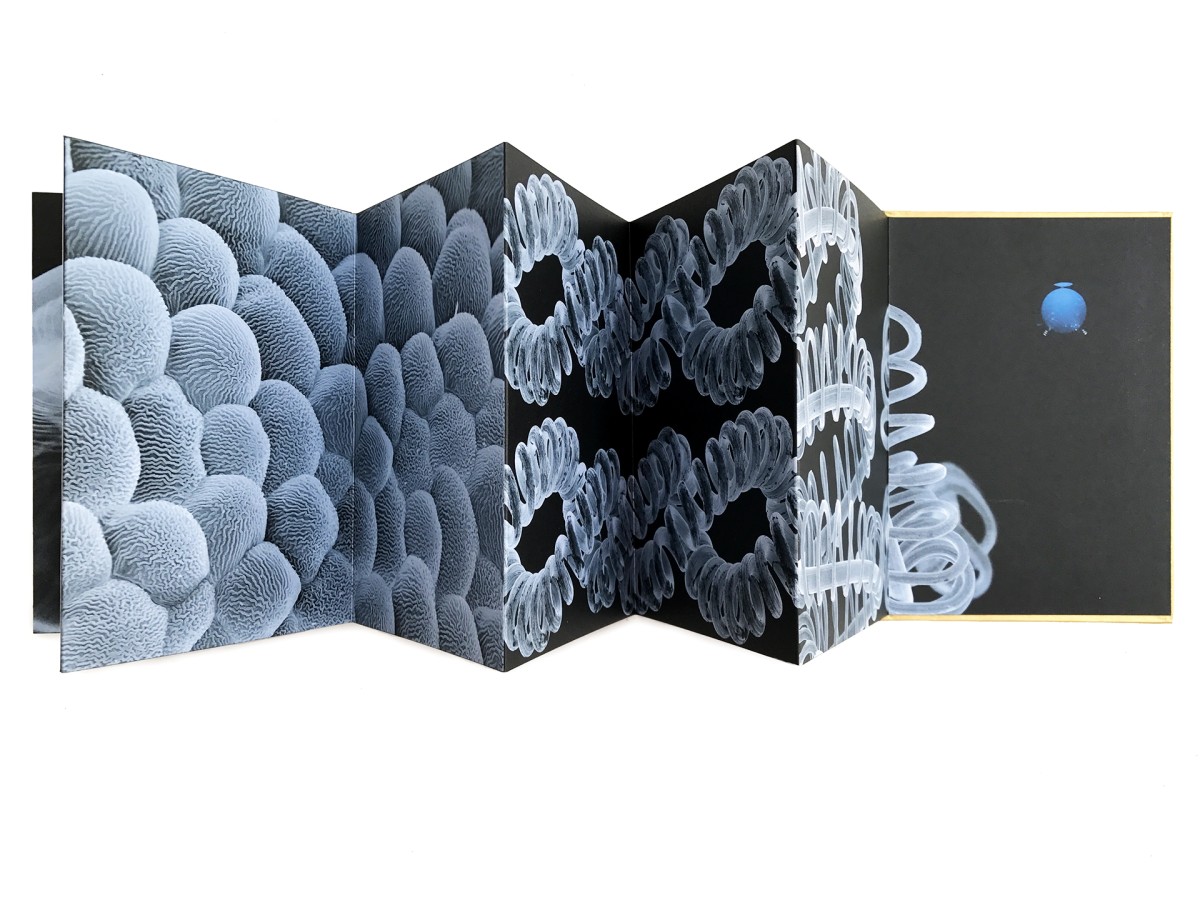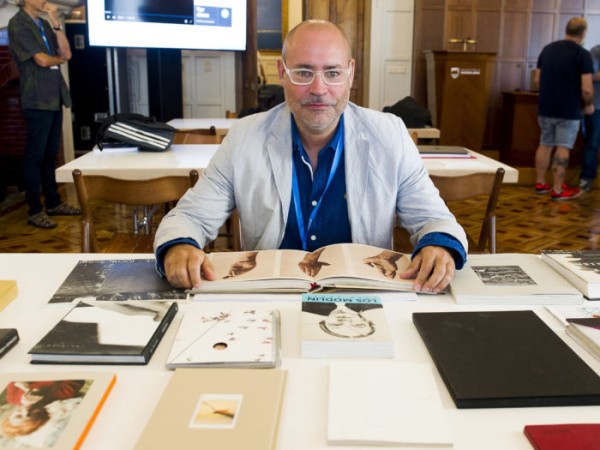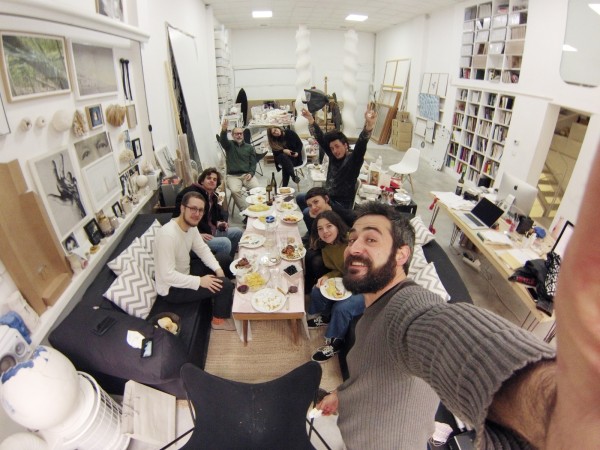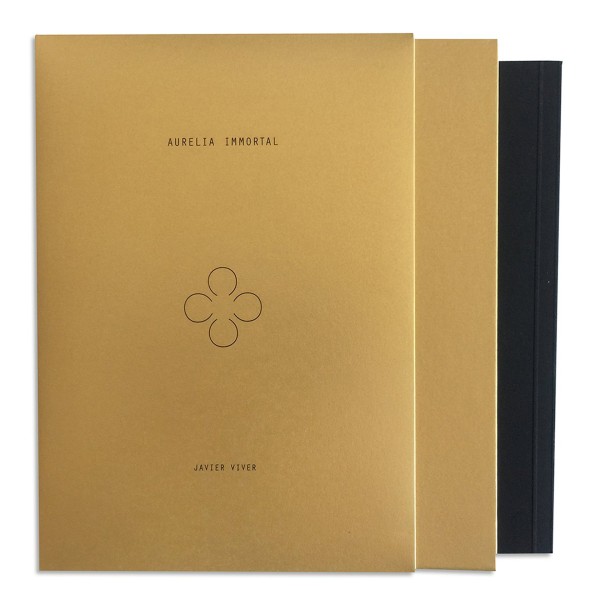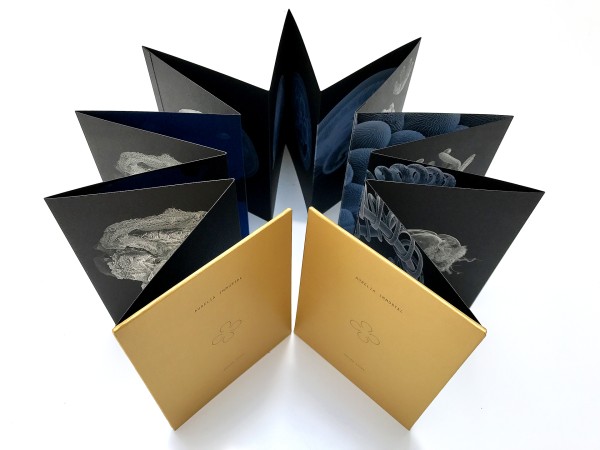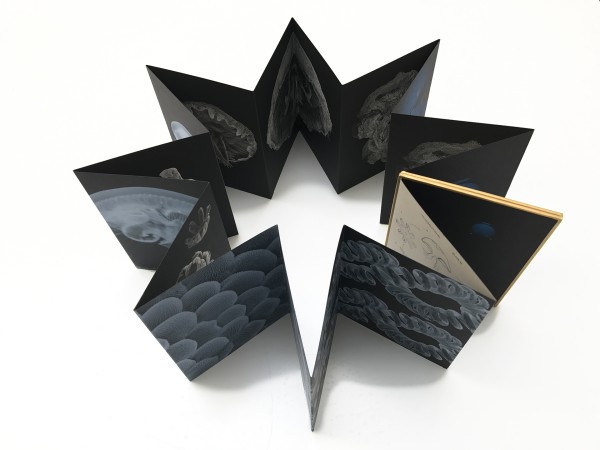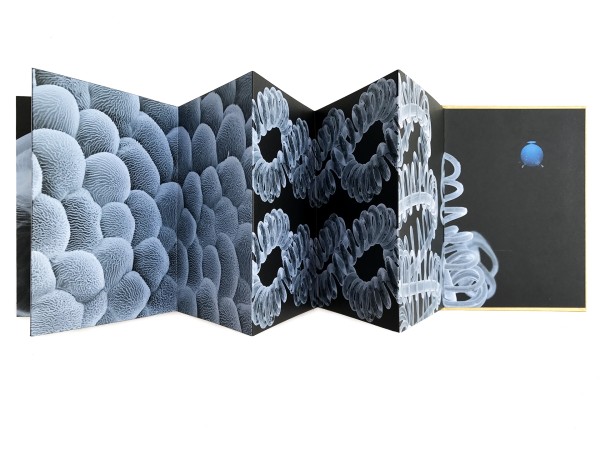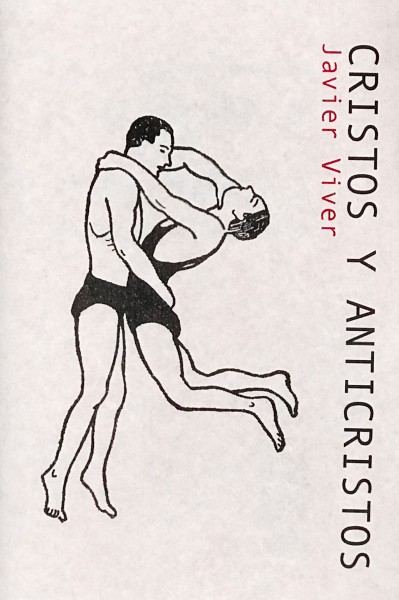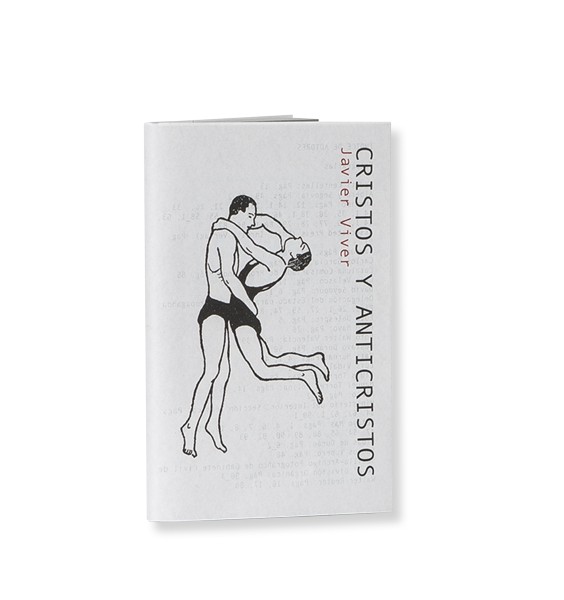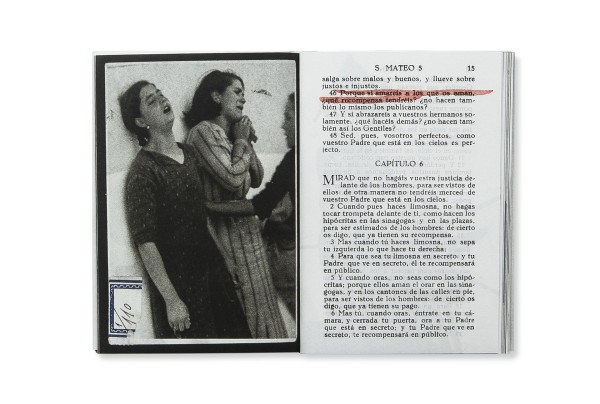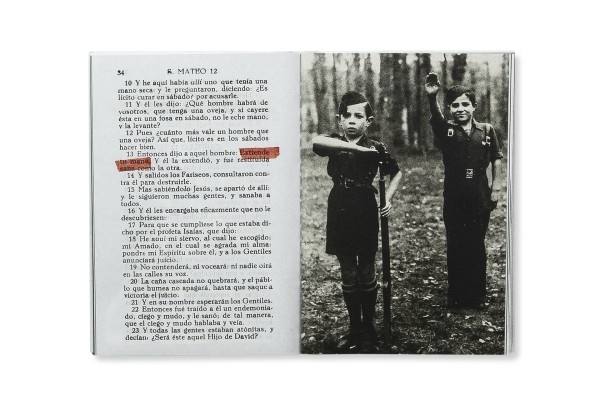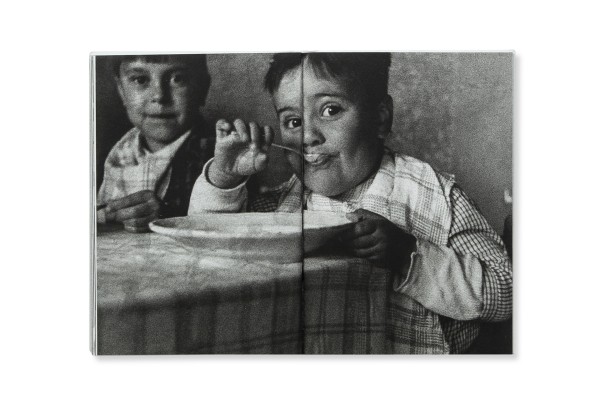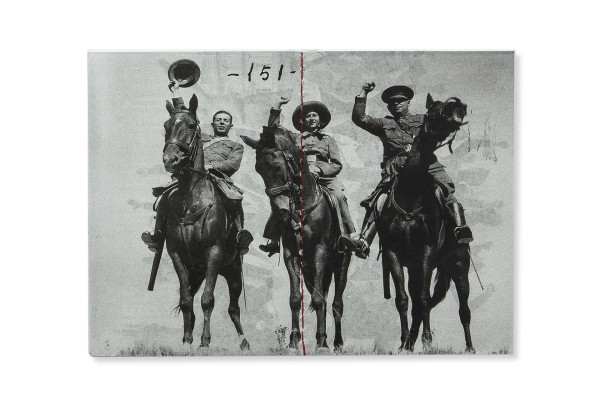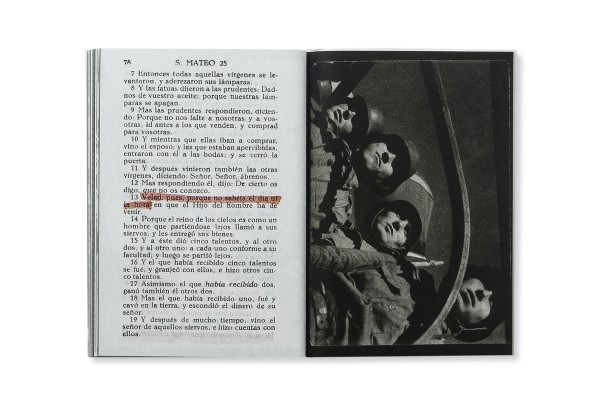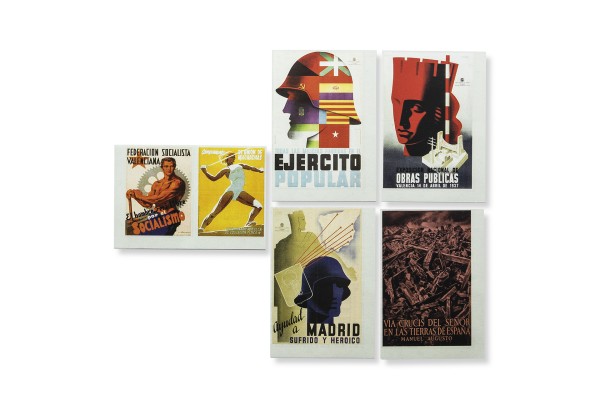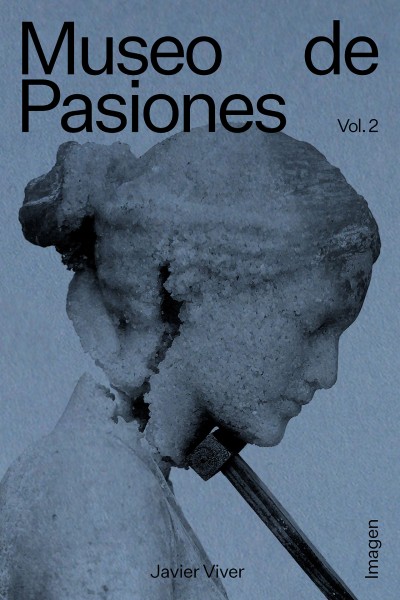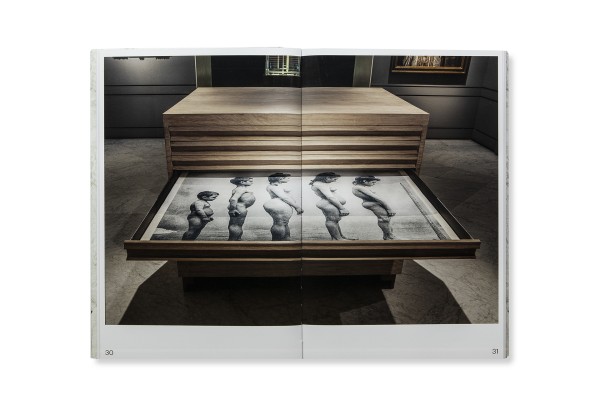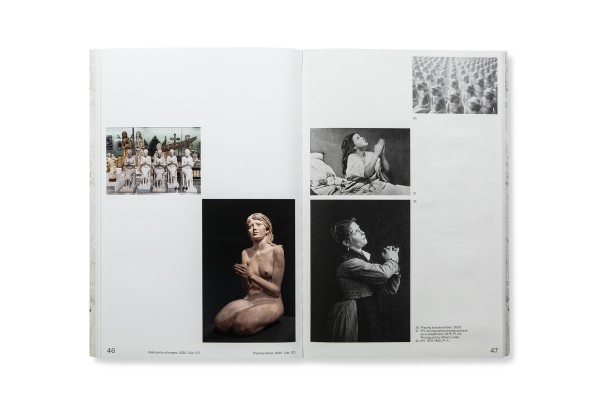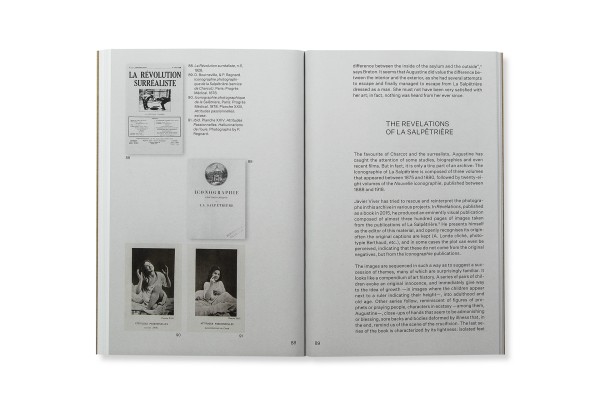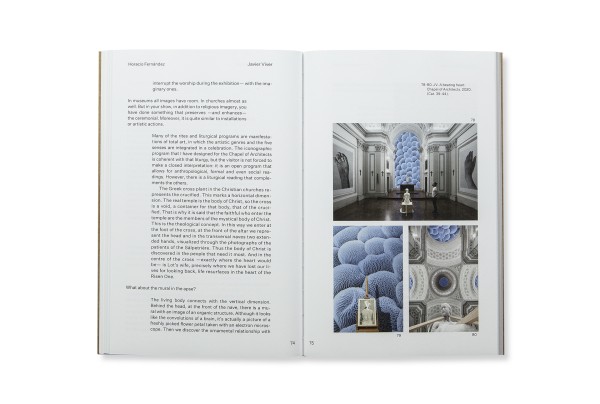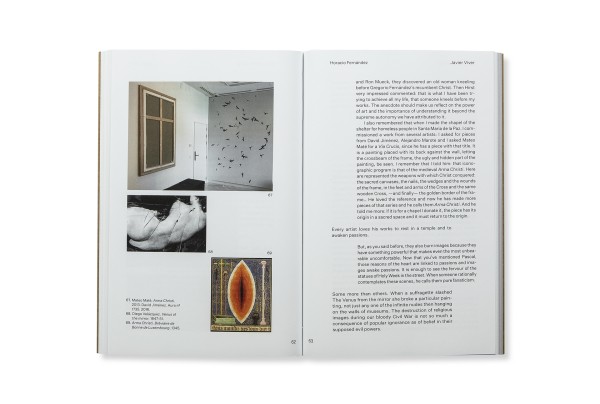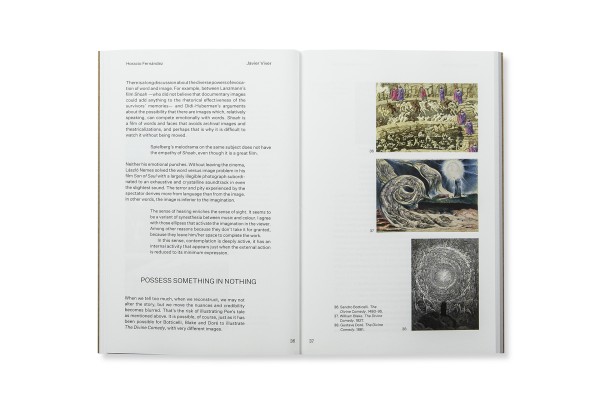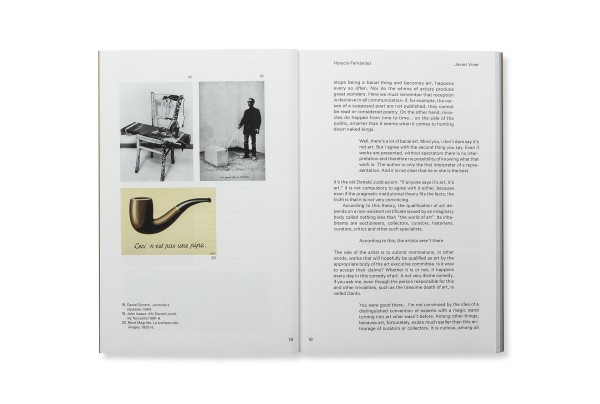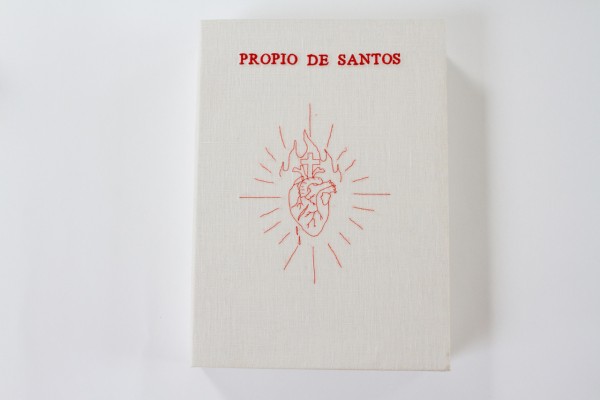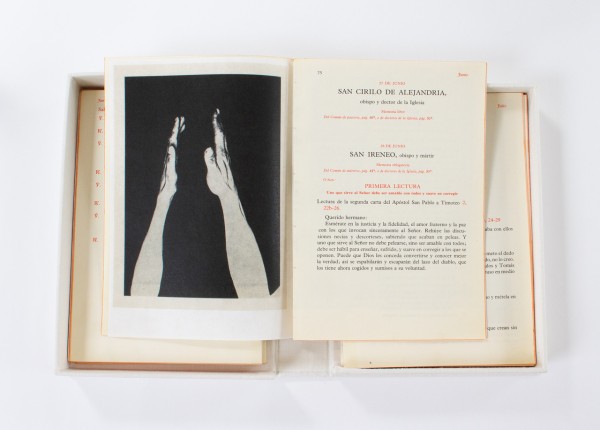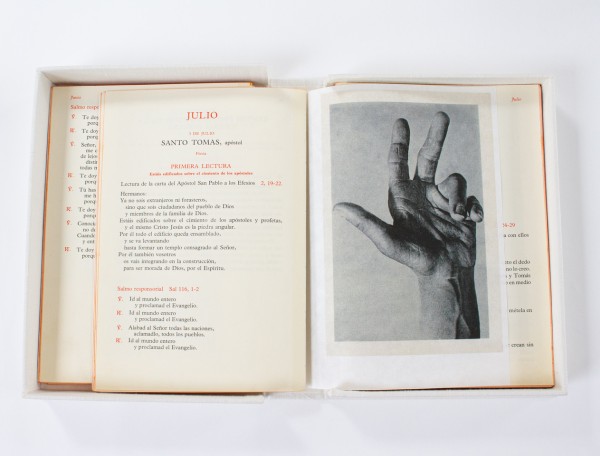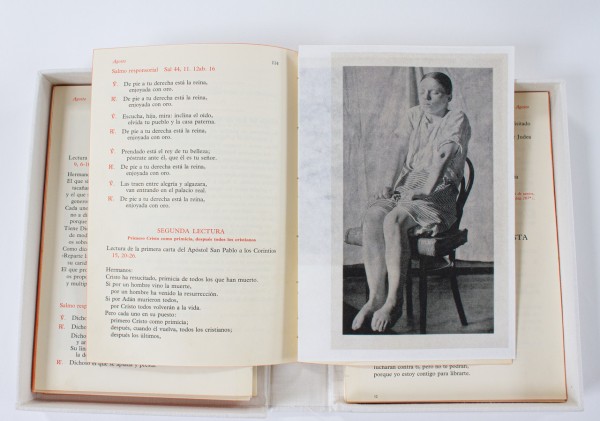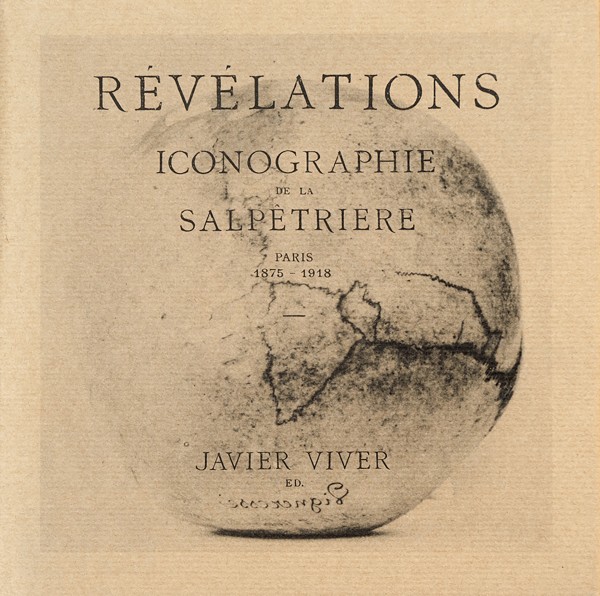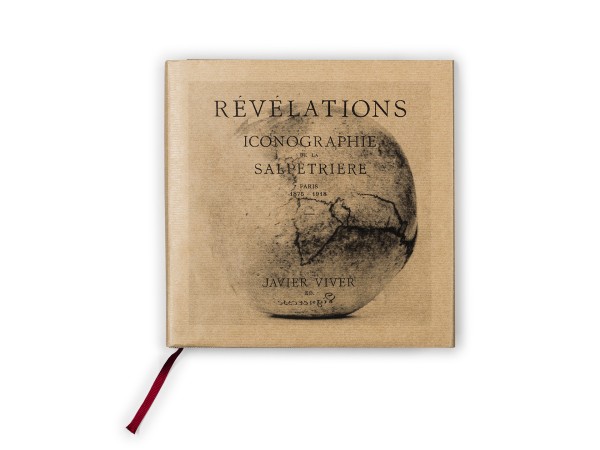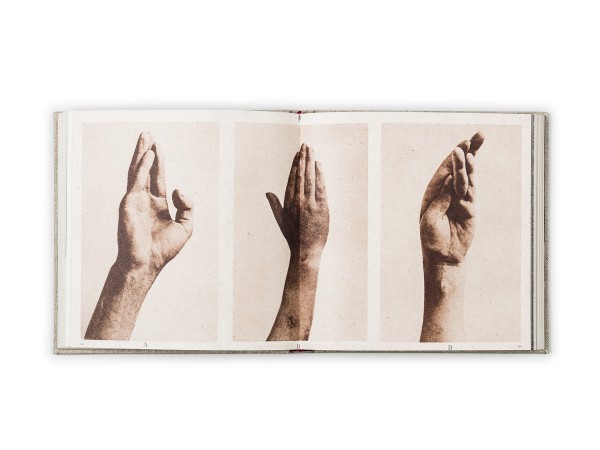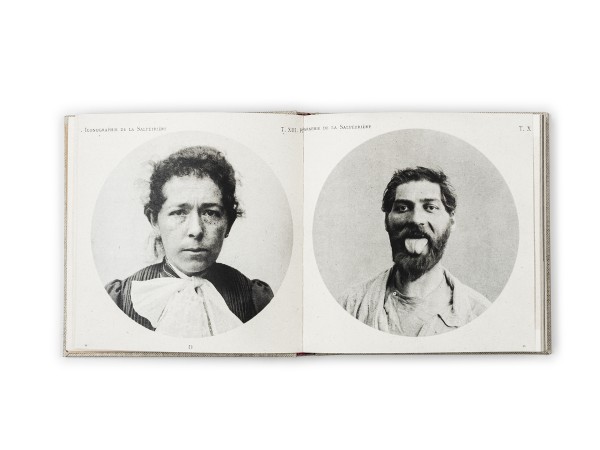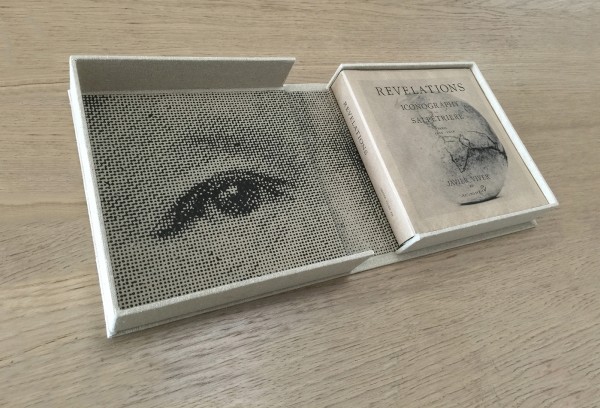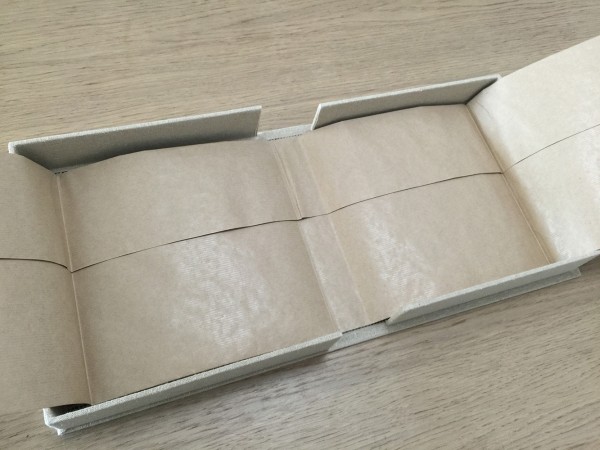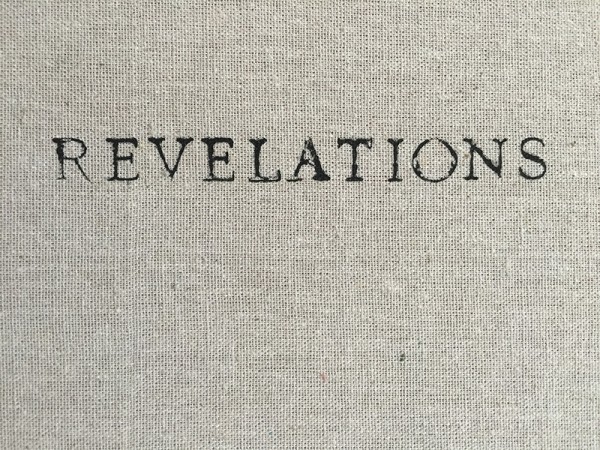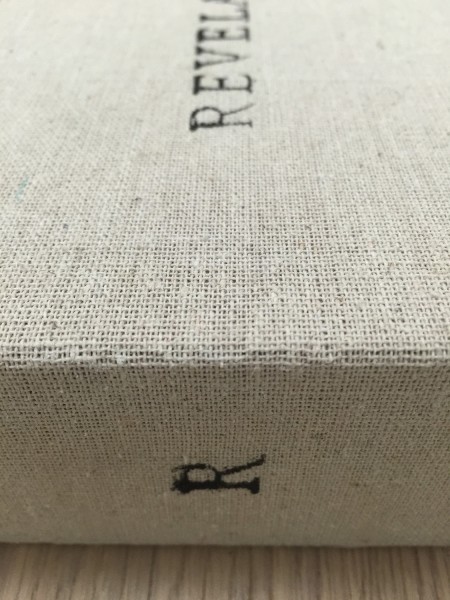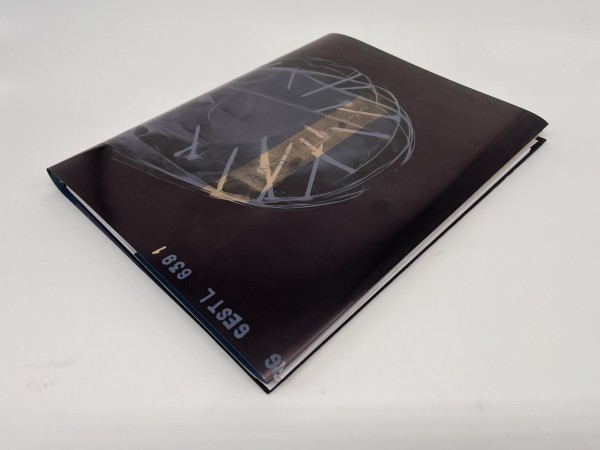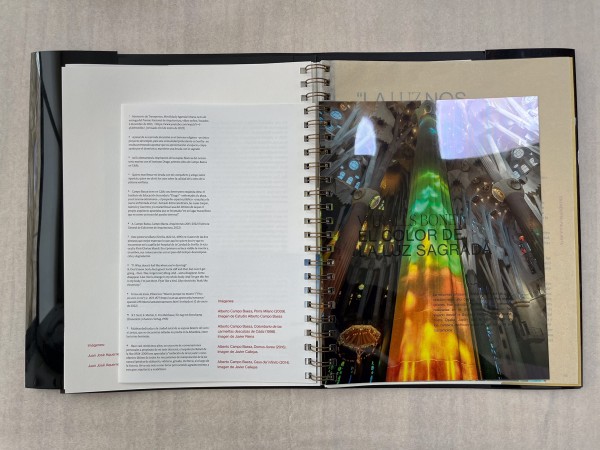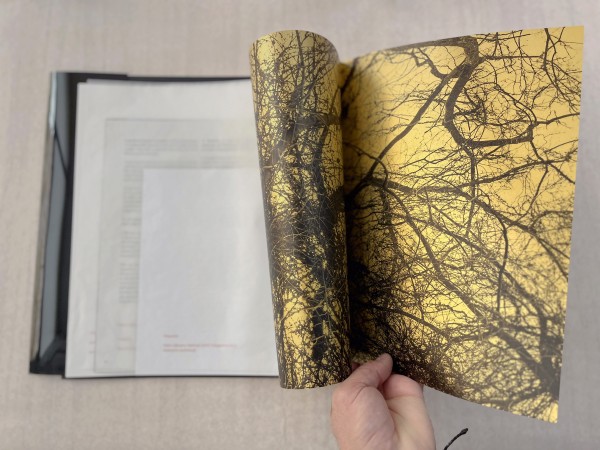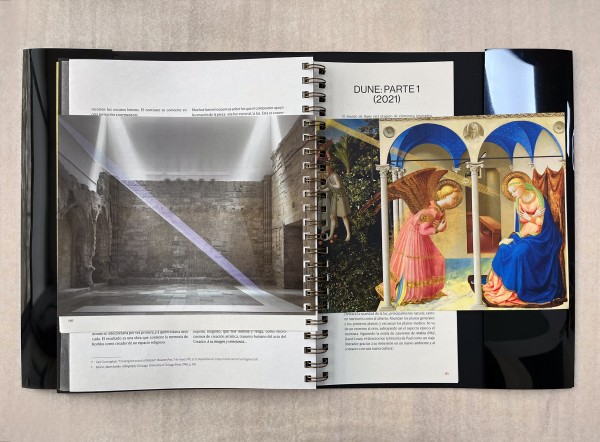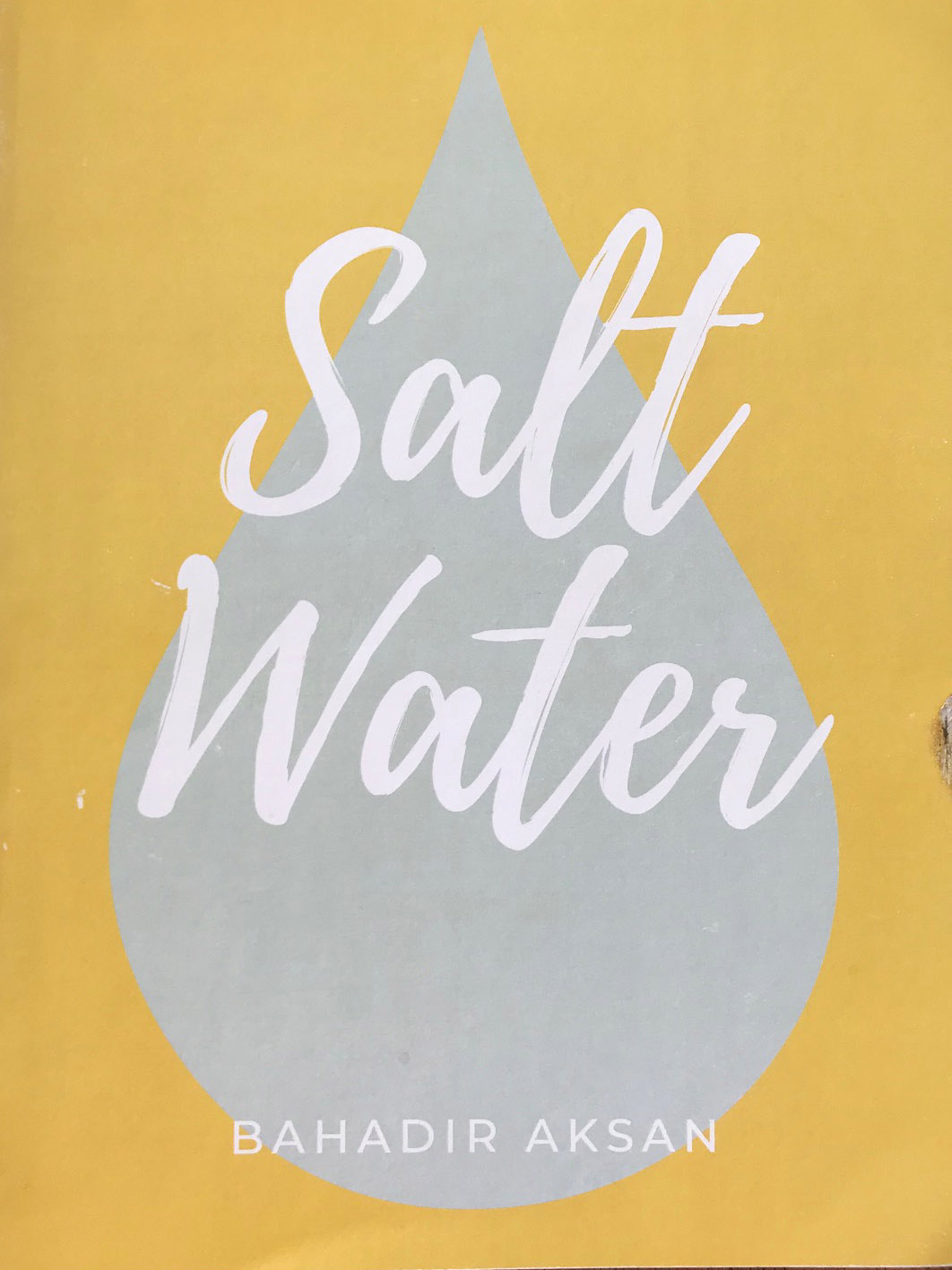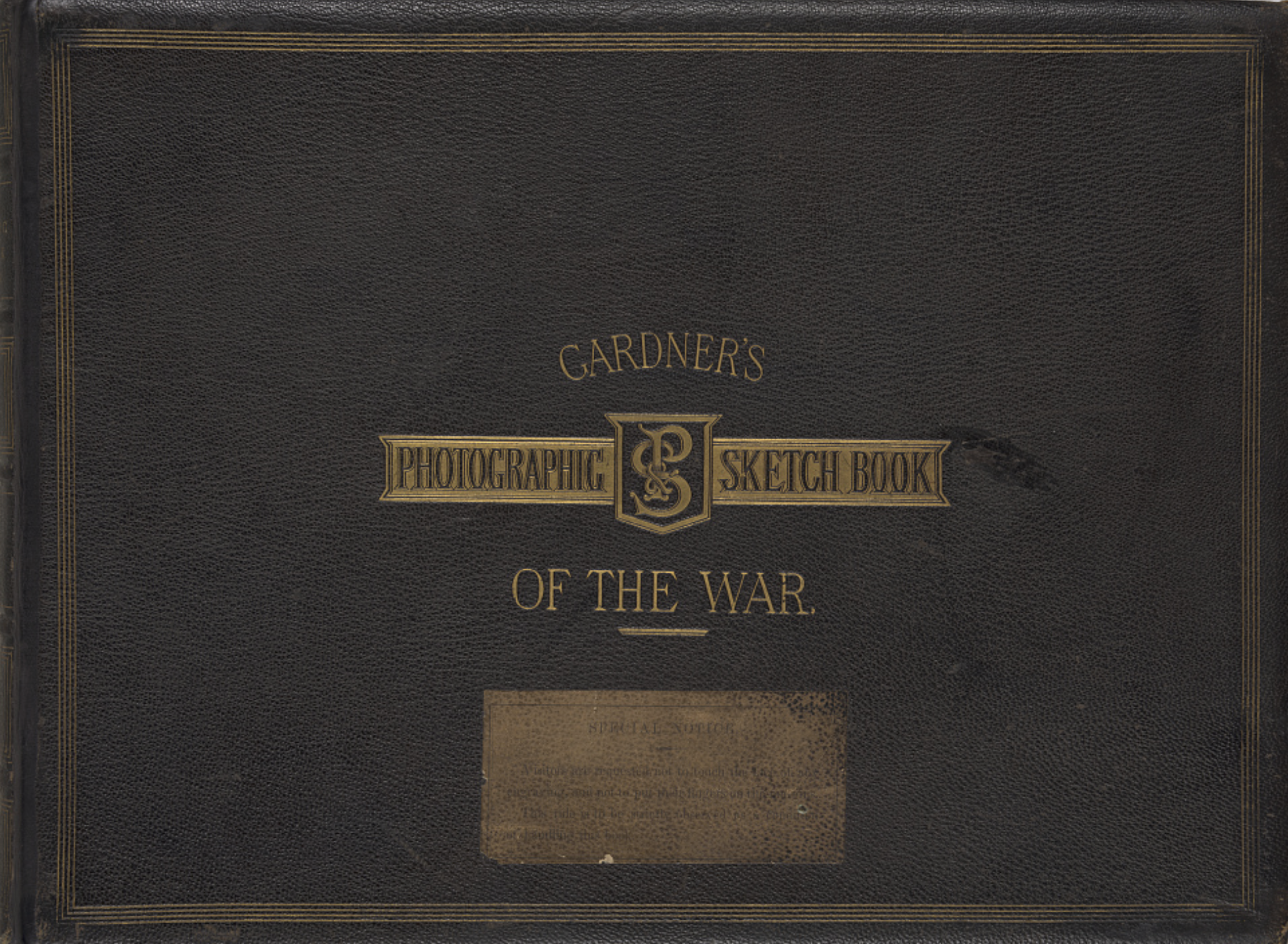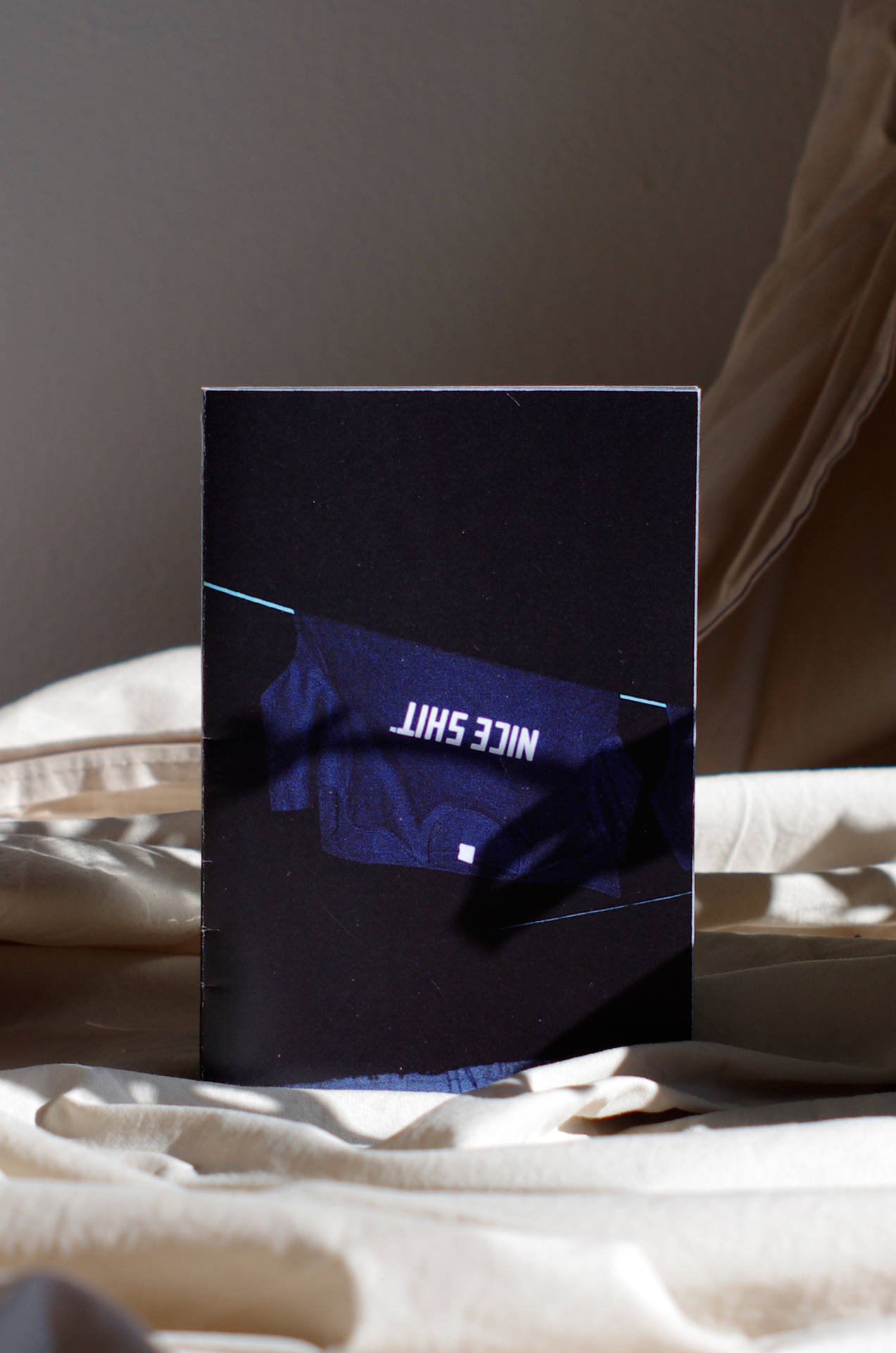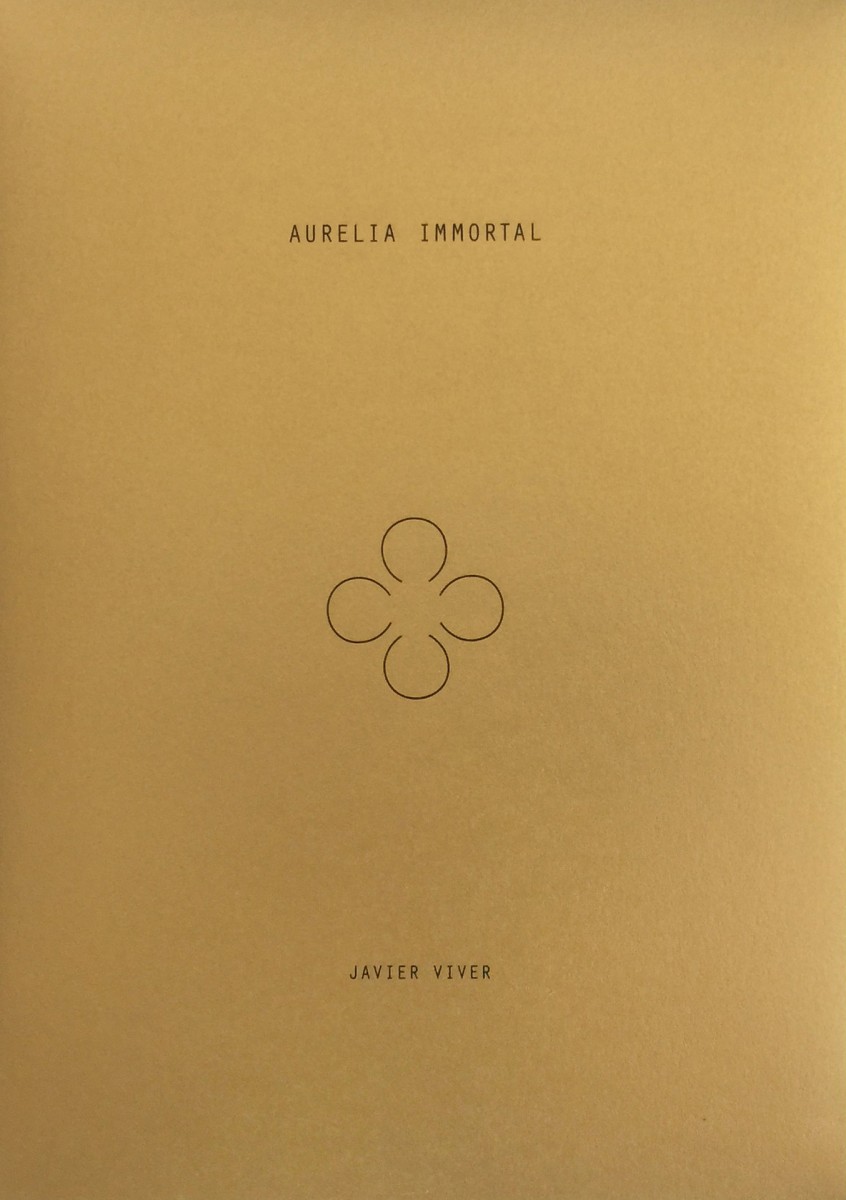
Aurelia Immortal
Javier Viver
Selfpublished
2017
Spain
Madrid
Javier Viver
Miguel San José Romano
Javier Viver
Brizzolis arte en gráficas
En forma de leporelo, por Ramos
978-84-8081-544-4
128
Texto, en inglés, español y chino, Javier Viver. Traducciones, Yuchen Zhang, Carmen Mactley.
En estuche de cartón dorado, dos libros. 18 x 13 cm. Uno, tapa dura dorada, leporello, doble cara, color y blanco y negro. Otro, 2046 Diary, en forma de cuaderno de notas.
Javier Viver proposes a narrative that oscillates between scientific documentation and fiction.
This work by Javier Viver focuses on the existence of a peculiar being: the aurelia aurita, a type of jellyfish that has the capacity to regenerate itself without limits. The author tries to document photographically the life cycle of this species, guided by a scientific and metaphysical interest in a phenomenon found in nature that leads to a reflection on the possibility of immortality.
The story of Aurelia Immortal is told from 2046, in a future in which advances in biotechnology will have made it possible to develop a transhuman species, whose life will be prolonged indefinitely. Javier Viver believes that science and art face death with different methods.
In Aurelia Immortal, some of the objectives pursued by transhumanism appear in synthesis, an ideology that considers it a moral obligation to improve the human condition through technology, working in areas such as the generation of a superior form of intelligence, the elimination of suffering or the prolongation of human life.
Viver takes a further step towards the biotechnological challenges he talks about in his new work, as they do not only affect science and art, but also other fundamental areas, such as religion. He asks whether the solution to human aspirations for immortality can be an indefinite extension of natural existence, or whether enduring life lies elsewhere, beyond the biological.
This photobook, designed by the author, consists of two volumes: the first in the form of a leporello, which contains photographs of the life cycle of the jellyfish; and the second as a notebook in which the texts, drawings and photographic documentation that tell the story are reproduced.








